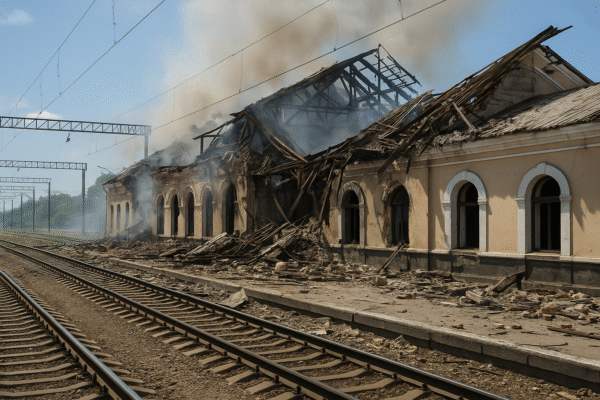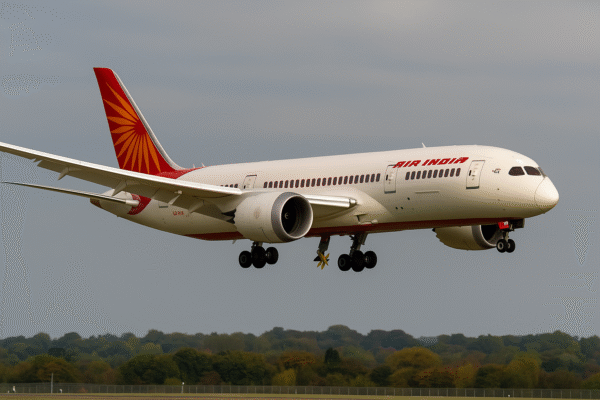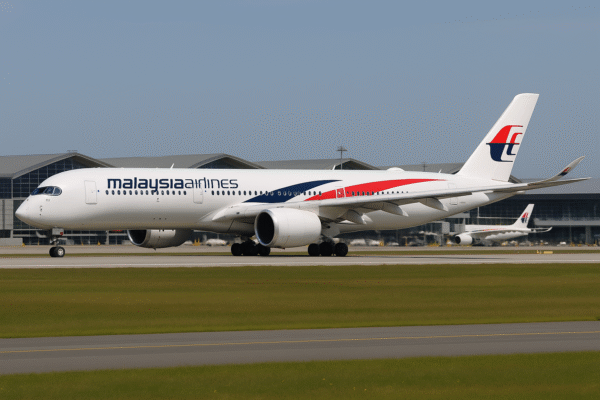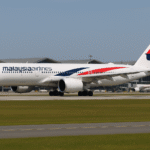On October 4, 2025, passengers on Air India flight AI117 experienced a moment of unexpected drama during the final approach to Birmingham Airport in the United Kingdom. The Boeing 787-8 Dreamliner, registered as VT-ANO, was on its routine international service from Amritsar, India, when its Ram Air Turbine (RAT) deployed just 500 feet before landing.
The RAT is a small propeller-like device designed to generate power during extreme emergencies, such as a complete engine or electrical failure. What made this event highly unusual is that both engines and primary electrical systems were functioning normally at the time. Despite the unexpected deployment, the experienced flight crew continued the landing sequence seamlessly, ensuring a safe touchdown for all passengers and crew.
Passenger Experience and Airline Response
For most travelers onboard, the incident was hardly noticeable thanks to the professionalism of the crew. Once the aircraft was safely on the ground, Air India promptly withdrew it from service for comprehensive engineering checks. The airline also canceled the return flight AI114 to Delhi, rebooking and accommodating affected passengers through alternate services.
Such a decision, while inconvenient to some, reflects Air India’s commitment to aviation safety, prioritizing detailed inspections over operational schedules.
What Is a Ram Air Turbine and Why Does It Matter?
The Ram Air Turbine plays a critical role in an aircraft’s safety architecture. In cases where both engines fail or electrical systems are compromised, the RAT deploys to provide power for essential flight controls and instruments. Regulatory authorities around the world, including the European Union Aviation Safety Agency (EASA) and India’s Directorate General of Civil Aviation (DGCA), require this system to function independently of engine power.
Given its emergency-only role, an uncommanded deployment during normal operations is rare. Such occurrences always trigger in-depth technical inspections to verify system integrity.
The Role of Investigators
Because the incident occurred in the UK, the Air Accidents Investigation Branch (AAIB) is expected to lead the inquiry, with support from Indian authorities such as the Aircraft Accident Investigation Bureau (AAIB India) and oversight by the DGCA. International aviation law under ICAO Annex 13 allows for cross-border cooperation in such cases.
Investigators will focus on analyzing aircraft health data, electrical and hydraulic sensors, and the logic controlling RAT deployment. They will also examine wiring systems and potential actuator faults. The goal of such inquiries is not to assign blame, but to identify root causes and prevent recurrence, ensuring continued confidence in global aviation safety.
Aviation Safety Framework in Action
Incidents like this highlight the robust safety culture embedded within both Indian and British aviation systems. India’s State Safety Programme emphasizes proactive safety management, while the UK’s AAIB has a global reputation for transparent and independent investigations. Together, these frameworks provide assurance to the traveling public that every anomaly is meticulously reviewed.
The grounding of the aircraft and the cancellation of its return service to Delhi align with international best practices. It is always better to isolate a technical system, perform checks, and only then allow the aircraft back into service.
Lessons for Travelers and the Aviation Industry
For travelers, the safe outcome of this incident is a reminder of why modern aviation is considered the safest mode of transportation. Aircraft such as the Boeing 787 Dreamliner are designed with multiple layers of redundancy—engine-driven generators, auxiliary power units, batteries, and the RAT. Even in the unlikely event of multiple failures, these systems ensure that pilots retain full control of the aircraft.
For the industry, this occurrence will serve as a case study in system monitoring and maintenance. Airlines worldwide, not just Air India, keep a close eye on safety bulletins and investigation reports published by agencies like the AAIB. Such information-sharing strengthens global aviation safety by allowing lessons learned in one country to benefit the industry everywhere.
The Broader Context of Aviation Incidents
Though rare, technical incidents such as the RAT deployment underline the importance of continuous innovation in aviation. Both governments and airlines invest heavily in safety oversight, advanced engineering, and pilot training. Travelers may never notice the countless checks and regulations that keep them safe in the skies, but moments like these offer a glimpse into the sophisticated systems at work behind the scenes.
Moreover, by handling such events with transparency, authorities build public trust. Passengers can be assured that when anomalies occur, they are not hidden but openly investigated and resolved.
Conclusion: Safety First, Always
The safe landing of Air India flight AI117 at Birmingham Airport is a success story of professionalism, preparedness, and international cooperation. While the unexpected deployment of a Ram Air Turbine is certainly a rare occurrence, the seamless handling of the situation demonstrates the strength of global aviation safety systems.
Passengers were re-accommodated, the aircraft was grounded for inspection, and authorities immediately launched standard investigative processes. Together, these steps highlight a central truth in aviation: schedules may be disrupted, but safety is never compromised.
As investigation outcomes are eventually published, both industry professionals and passengers will gain further insights into how aviation continues to evolve toward making every journey as safe as possible.
For more travel news like this, keep reading Global Travel Wire














